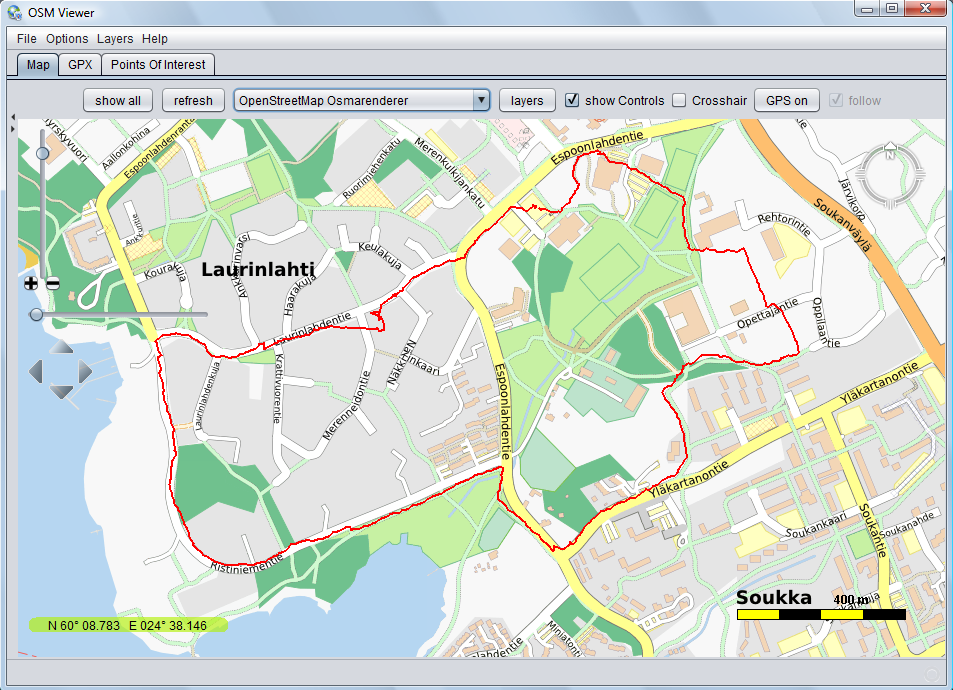

"Import line and area markers" and upload the GeoJSON file or drop/paste the code into the textfield. GeoJSON file into Datawrapper locator map: You can do this either by by typing in -clean and -simplify 5% keep-shapein the console or following steps mentioned in this article. If that's the case, we recommend simplifying it in mapshaper before exporting. * If the GeoJSON file is too detailed, the route might not render nicely on the map.

You can also use GQIS to convert spatial files into GeoJSON or Ogre, a web client for ogr2ogr command line tool, which supports many file format transformations. In this example, we'll useįree online tool to edit map data. Upload the GPX file into geojson.io and click on KML or other spatial files that are available. If there are no options for GPX, you can also export the data as You can alsoĬlick here to create one yourself while following along this tutorial.
#FREE ONLINE GPX EDITOR HOW TO#
How to create a locator map" to learn more. Locator maps, so if you're not familiar with this map type, head on over to this article " In this article, you'll learn how to use GPX files (and other spatial files) of your favorite bike routes and hiking trails from apps like Komoot or Strava, to create beautiful maps in Datawrapper.īy the end of this article, you'll be able to easily create a map like below in a few minutes! (hover over the map and click on "edit this chart" to play around with it yourself! )


 0 kommentar(er)
0 kommentar(er)
